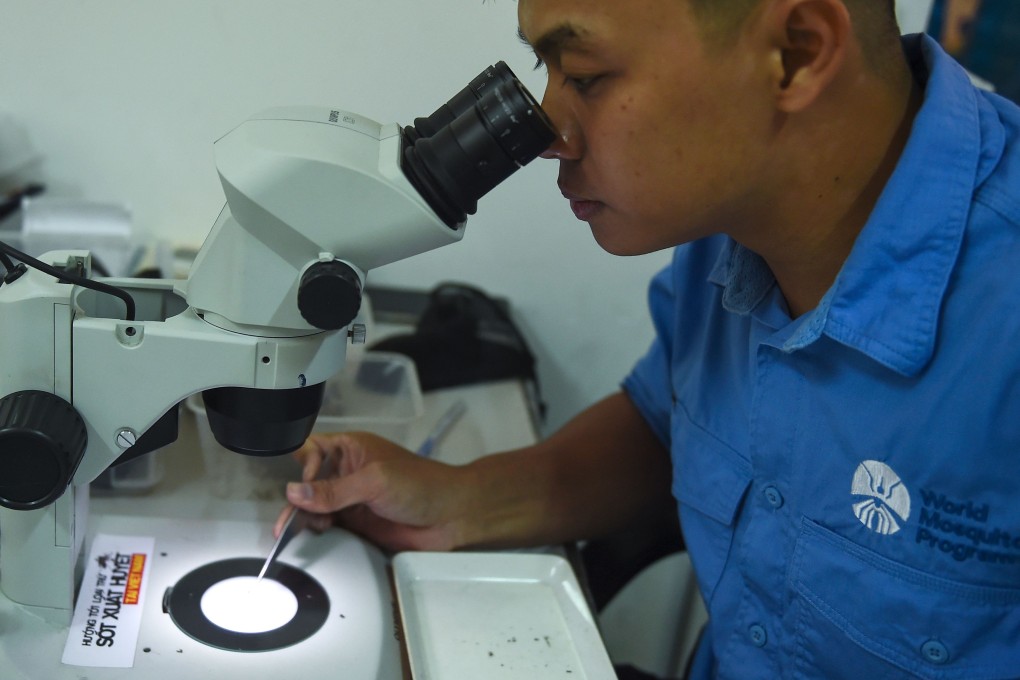Advertisement
Explainer | Explained: what is dengue, and why is there a surge in cases in Asia this year?
- Experts say an outbreak of the mosquito-borne disease in Southeast Asia is the worst in years
- But trials to breed dengue-resistant mosquitos are raising hopes that the disease could be beaten
Reading Time:3 minutes
Why you can trust SCMP
0

Dubbed “breakbone fever”, dengue is one of the world’s leading mosquito-borne illnesses and infects as many as 100 million people annually.
Explosive outbreaks have ravaged Southeast Asia this year, with around 670,000 infected and more than 1,800 people dead in the region, according national and World Health Organisation data.
At least 622 have died in the Philippines so far this year, cases in Vietnam, Laos and Singapore have tripled, and hospitals are overrun in Malaysia, Myanmar and Cambodia as governments struggle to contain the untreatable virus.
Experts say it’s the worst outbreak in years. But one group of scientists is rolling out trials to breed dengue-resistant bugs, raising hopes that the disease could finally be beaten.
So what is dengue, how does it spread, and how can it be contained?
How does it spread?
Dengue is transmitted mainly by the Aedes Aegypti mosquito, which thrives in densely populated tropical climates and breed in stagnant pools of water. The mosquitoes pick up the virus from infected humans – even asymptomatic ones – and pass it along to other people through bites.
Advertisement